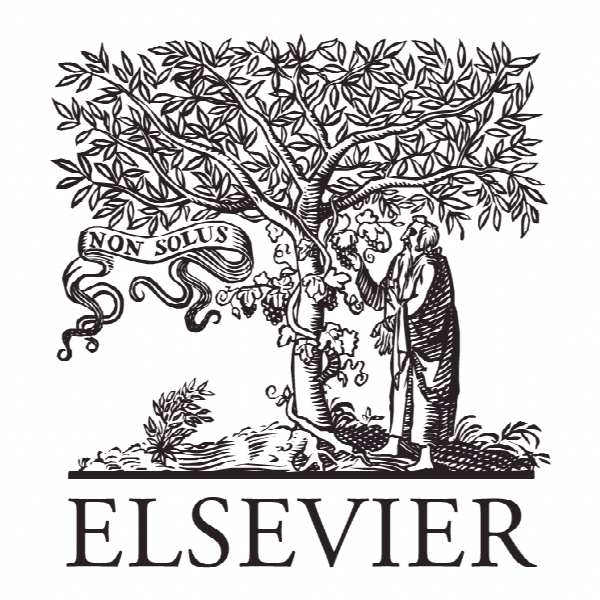تبعیض کمی قیمت در صنعت حمل و نقل هوایی: مورد آسان جت Quantity price discrimination in the air transport industry: The easyJet case
- نوع فایل : کتاب
- زبان : انگلیسی
- ناشر : Elsevier
- چاپ و سال / کشور: 2017
توضیحات
رشته های مرتبط علوم فنون هوایی
مجله مدیریت حمل و نقل هوایی – Journal of Air Transport Management
دانشگاه گروه مدیریت، اطلاعات و مهندسی تولید، برگامو، ایتالیا
نشریه نشریه الزویر
مجله مدیریت حمل و نقل هوایی – Journal of Air Transport Management
دانشگاه گروه مدیریت، اطلاعات و مهندسی تولید، برگامو، ایتالیا
نشریه نشریه الزویر
Description
1. Introduction In the airline industry, price discrimination is known to play a crucial role in setting profitable strategies. Traditional carriers have begun to maximise profits by use of a yield management approach, in which they provide different travel classes (business vs. leisure) to suit passengers’ various willingness to pay (Giaume and Guillou, 2004; Shapiro et al., 1999). However, this type of price discrimination, namely third-degree price discrimination, cannot generally be implemented by low-cost carriers (LCCs), since they tend to provide the same level of service for all passengers1 (MorenoIzquierdo et al., 2015). Instead, LCCs generally rely on intertemporal price discrimination (e.g. Alderighi et al., 2015). They differentiate between highly price-inelastic business passengers, who typically book just a few days before departure, and priceelastic leisure travellers, who often book in advance, and then they maximise revenues by increasing the fares offered as the day of departure approaches (Bergantino and Capozza, 2015). Furthermore, LCCs have been also found to segment the market with regard to some route features, such as length and frequency, and departure day being on a weekend, bank holiday, or other highdemand period (e.g. Malighetti et al., 2010; Piga and Bachis, 2007; Salanti et al., 2012). Interestingly, only a few recent studies have mentioned that airlines appear to vary fares depending on the number of tickets booked on the Internet by a single consumer, thus relying on nonlinear price discrimination (Alves and Barbot, 2009; Lii and Sy, 2009). To the best of our knowledge, no empirical studies on LCCs have thoroughly investigated the presence of quantity discounts2 implemented as a part of nonlinear price discrimination. In this paper, we make a straightforward contribution to the literature by providing evidence of LCCs’ nonlinear price discrimination exemplified by easyJet’s two-part tariff strategy. Specifically, ticket prices are composed of i) a fixed fee (V17) per booking and ii) a dynamic component that characterizes almost all LCCs’ pricing strategies. Moreover, by use of a multivariate framework, we investigate the joint effect of these two components on unit price at the single-flight level. We use a unique dataset, which includes fares booked on flights from the Amsterdam Schiphol airport (AMS) towards 20 European different destinations during the period between January and April 2015 (1868 flights). Data on ticket prices and characteristics of the flights (destination airport, date of departure, and hour ofdeparture) are gathered daily from easyJet’s website. Unit prices are collected for reservations composed of 1 seat, 5 seats, and multiples of 5 seats, up to the maximum reservation that can be booked through easyJet’s website, 40 seats.


